Have you ever found yourself eyeballing a space and wondering, “Is that about 20 inches?” Whether you’re arranging furniture, working on a DIY project, or simply curious about measurements in your everyday world, understanding what 20 inches looks like can be surprisingly useful.
This length just under two feet appears all around us, from household items to tech gadgets to natural objects, often without us realizing it.
How Long is 20 Inches?
Twenty inches equals approximately 50.8 centimeters or just over half a yard. To put this in perspective, it’s slightly shorter than two standard rulers placed end-to-end (each ruler being 12 inches).
For most adults, 20 inches is roughly the distance from your elbow to your fingertips, or about the width of your shoulders. It’s a measurement that fits comfortably within our daily lives not too small to be insignificant, yet not so large as to be unwieldy.
Common Objects That Are 20 Inches Long
Let’s explore everyday items that typically measure around 20 inches, giving you perfect mental references for this useful measurement.
Standard Computer Monitors

Many desktop computer monitors hover right around the 20-inch mark when measured diagonally. This size has historically represented a sweet spot in the computer display market large enough for comfortable viewing but not so massive that it dominates your desk space.
Computer manufacturers settled on this approximate size after extensive ergonomic research showed it allowed users to view an entire screen without excessive head movement. The 20-inch monitor became particularly popular during the transition from bulky CRT displays to flat-panel LCD screens in the early 2000s.
The next time you’re looking at a moderately-sized computer monitor, chances are you’re looking at something close to 20 inches diagonally a measurement that revolutionized both home computing and office workspaces worldwide.
Carry-On Luggage
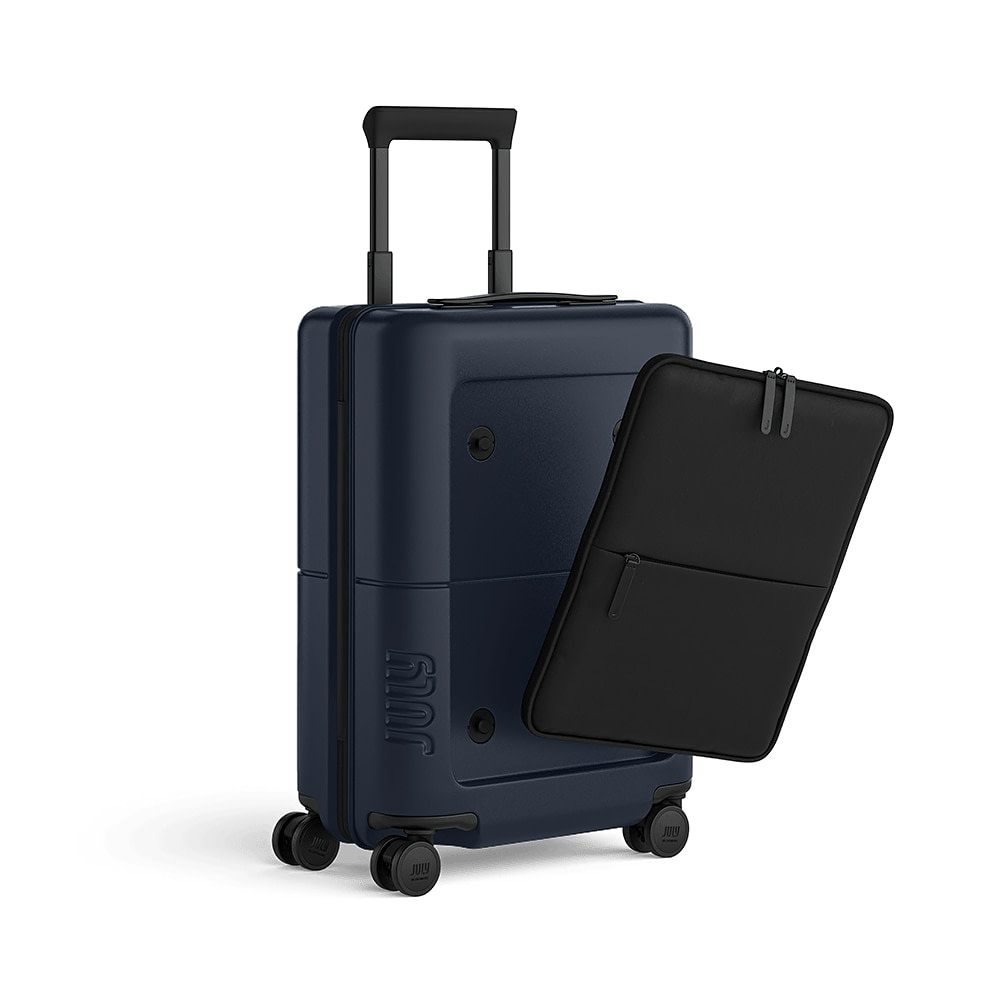
Many standard carry-on suitcases measure approximately 20 inches in height, making them perfect examples of this length in action. This isn’t coincidental major airlines worldwide have converged on similar dimensional restrictions for cabin baggage, with 22 x 14 x 9 inches being a common maximum size.
The 20-inch suitcase emerged as a popular choice because it maximizes the allowed space while remaining manageable in crowded airport terminals. Luggage designers carefully calculate these dimensions to balance capacity with practicality a 20-inch case typically holds enough clothing for a weekend trip or short business journey.
Next time you’re rushing through an airport, take note of the carry-on bags around you. Many represent perfect examples of our 20-inch measurement in a highly practical application.
Some Acoustic Guitars

The parlor guitar, a smaller variant of the traditional acoustic guitar, typically measures around 20 inches in total length. This size originated in the late 19th century for parlor performances in Victorian homes where space was limited but musical entertainment highly valued.
These compact instruments gained renewed popularity in the early folk revival movement, with musicians appreciating their intimate sound and portability. Modern parlor guitars continue this tradition, offering warmer mid-range tones that distinguish them from their larger counterparts.
The 20-inch dimension creates a specific resonant cavity that produces the parlor guitar’s distinctive voice a perfect example of how this particular measurement can define not just an object’s size but also its functional characteristics.
See Also: Things Or Common Objects that Are 12 Inches Long
Standard Bicycle Frames
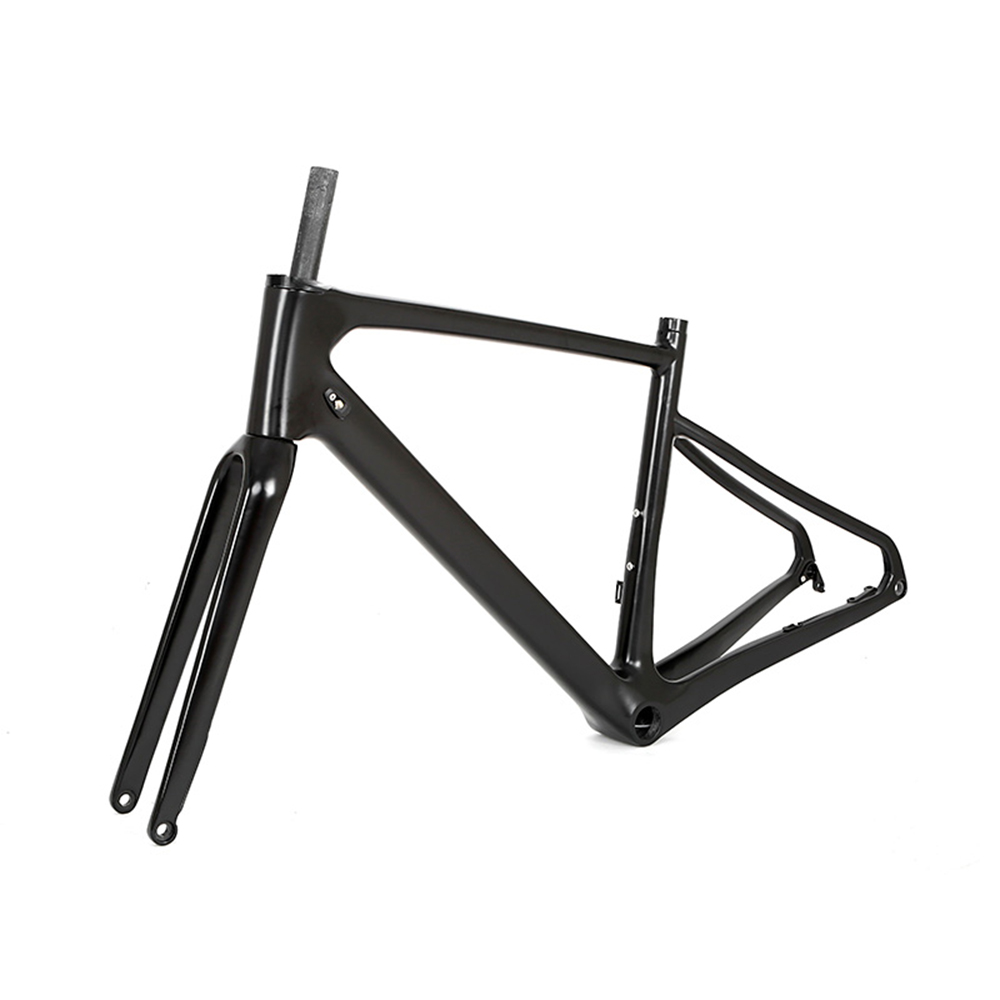
Many adult bicycle frames, particularly those designed for average-height riders, feature a 20-inch seat tube the vertical tube extending from the pedal crankset to the seat. This measurement represents a key reference point in bike fitting.
Bicycle frame engineers use this length as part of a complex geometry that balances rider comfort, pedaling efficiency, and handling characteristics. The 20-inch frame emerged through decades of refinement in bicycle design, offering optimal positioning for riders between 5’7″ and 5’11” tall.
The precise 20-inch measurement in bike frames demonstrates how this length has been incorporated into ergonomic design principles across multiple industries, affecting everything from comfort to athletic performance.
Premium Skateboards

Standard skateboard decks typically measure around 20 inches in wheelbase length the distance between the centers of the two truck mounting areas. This specific measurement evolved through decades of skateboarding development.
In the 1970s, skateboard pioneers experimented with various deck lengths before settling on dimensions that balanced stability with maneuverability. The approximately 20-inch wheelbase created the perfect middle ground, allowing for both technical street tricks and flowing transitions in skate parks.
Professional skateboarders can detect minute variations in this measurement, with even half-inch differences significantly altering how a board performs on different terrain. The standard 20-inch wheelbase represents one of skateboarding’s most refined technical specifications.
Toddler Beds

Most toddler beds measure about 20 inches in height from floor to mattress top a measurement carefully calculated for child safety and independence. This height allows young children to climb in and out unassisted while minimizing the risk of injury from falls.
Child development experts and furniture designers arrived at this standard through observing toddlers’ physical capabilities between ages 18 months and 4 years. The 20-inch height accommodates growing independence while maintaining a secure sleep environment.
This measurement has become so standardized that most toddler bedding, guardrails, and related accessories are designed specifically for this height, demonstrating how the 20-inch measurement has been incorporated into childhood development products.
Medium-Sized Dog Breeds

Several popular medium-sized dog breeds typically measure around 20 inches in height at the shoulder. This includes adult Whippets, Border Collies, and Standard Poodles. This height classification emerged from kennel club standards developed in the late 19th century.
Canine historians note that the 20-inch height represents an evolutionary sweet spot for domestic dogs large enough for significant work capabilities but not so large as to require excessive resources. Dogs of this size have historically excelled as versatile working animals, combining strength with agility.
Next time you encounter a medium-sized dog, observe its shoulder height you’re likely looking at a living example of our 20-inch measurement.
Read more: Things that Are 40 Feet Long/Tall – Sizes of Common Objects and Stuff
Professional Chef’s Knives
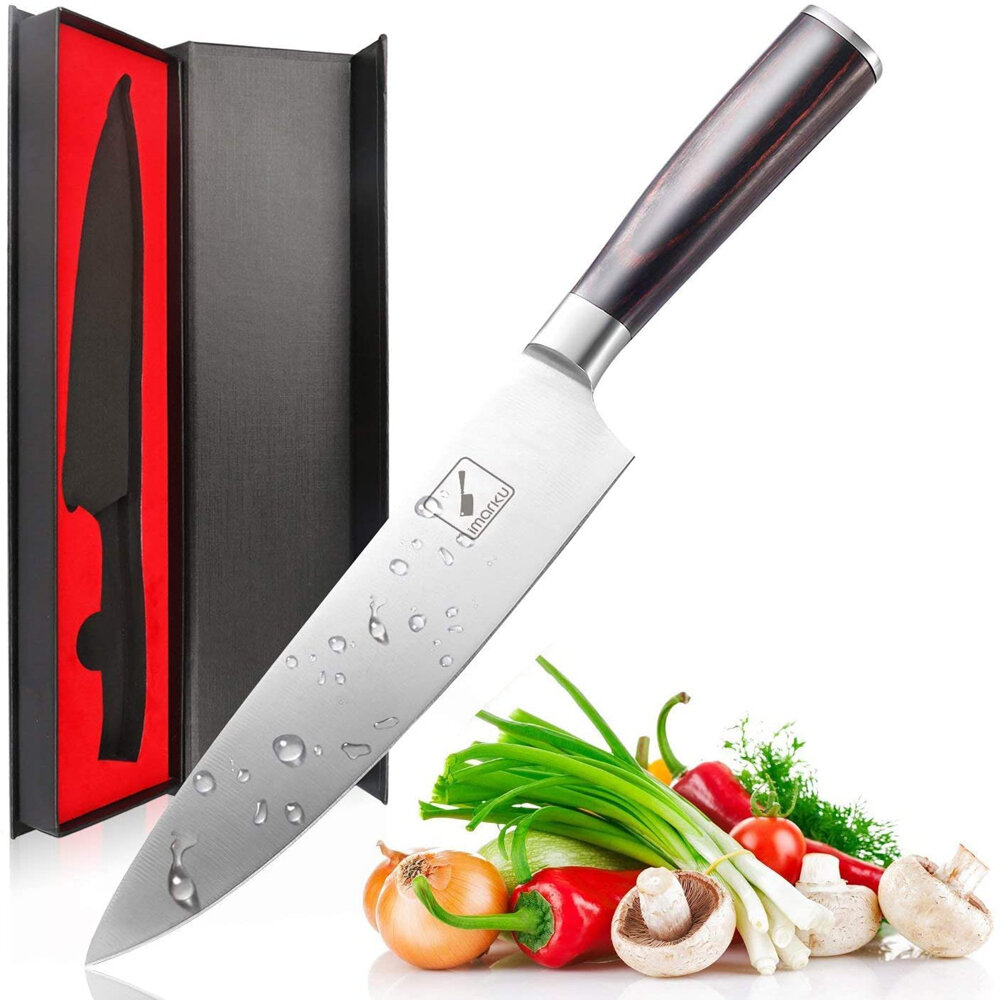
While most home kitchen knives measure between 8-10 inches in blade length, professional chef knives often feature longer blades approaching 20 inches total length when including the handle. These extended knives serve specific culinary purposes, particularly for slicing large roasts or filleting substantial fish.
Culinary historians trace these lengthy knives to medieval European traditions, where grand feasts required efficient carving of large game animals. The approximately 20-inch knife provided the perfect leverage and cutting surface for these tasks.
Modern professional kitchens still utilize these impressively sized knives, particularly in meat preparation stations and high-volume restaurants. The specific 20-inch length represents centuries of refinement in culinary tool design.
Bar Stools
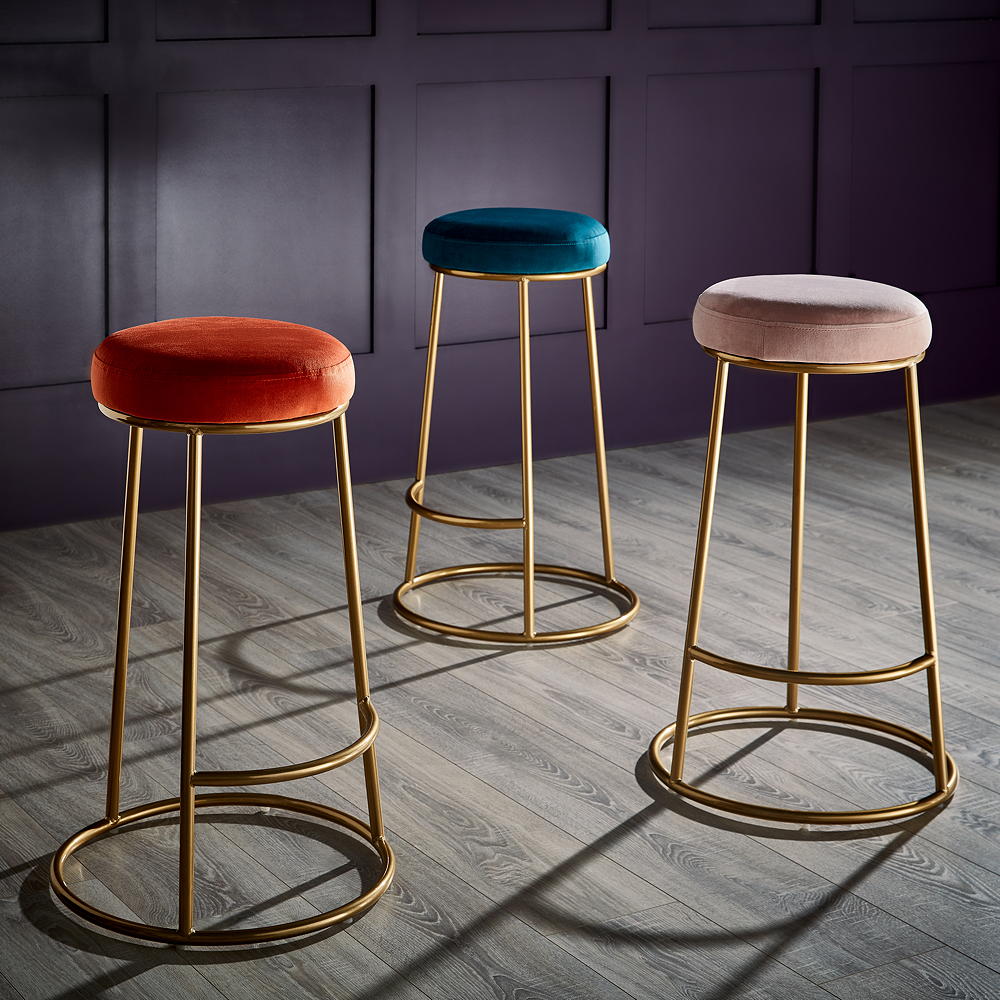
Standard bar-height stools typically feature seat heights of approximately 20 inches from the floor. This dimension wasn’t arbitrarily chosen it relates directly to standard bar counter heights, creating ergonomically correct seating positions.
Restaurant designers and furniture makers determined this height through analyzing customer comfort and accessibility. The 20-inch seat height allows most adults to sit with proper posture while easily reaching drinks and food on bar surfaces.
This measurement has become so standardized in the hospitality industry that bar design software and architectural plans default to these dimensions, demonstrating how deeply the 20-inch measurement has become embedded in our built environment.
High-End Office Chairs
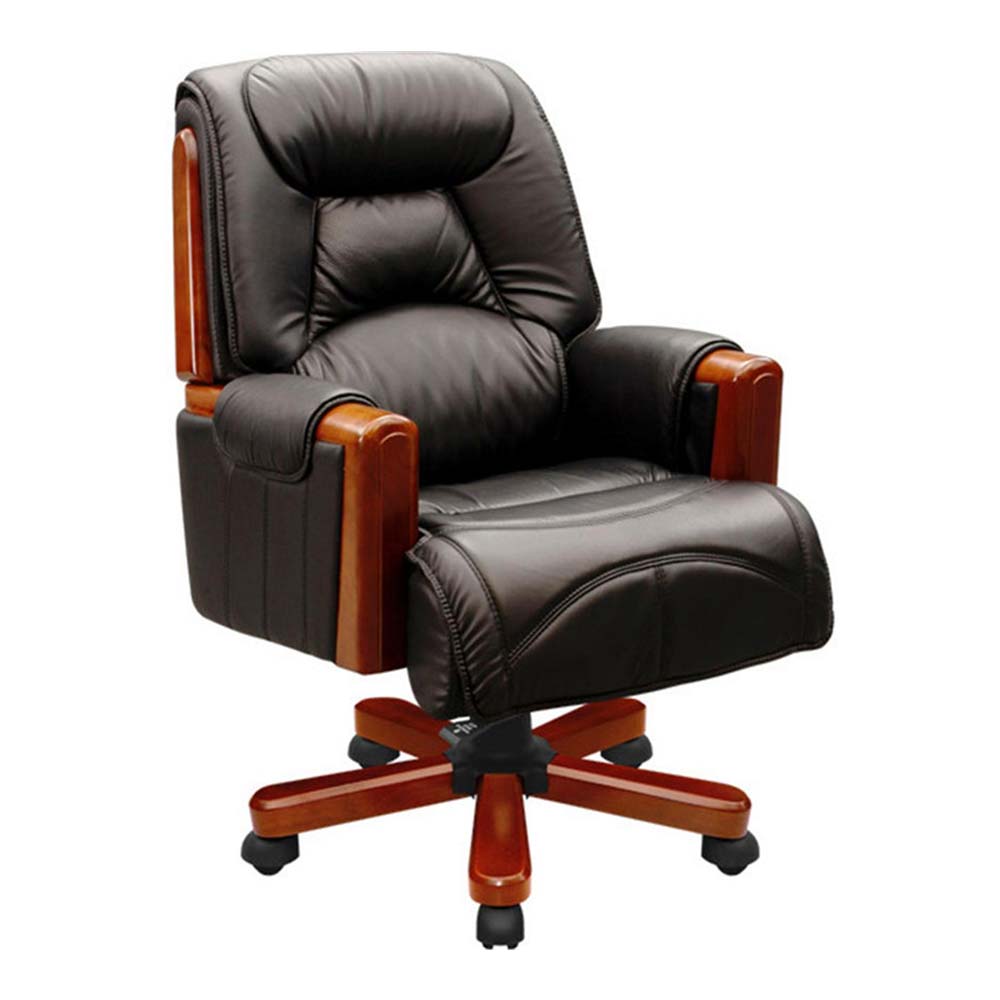
The seat depth of many ergonomic office chairs measured from front edge to backrest falls right around 20 inches. This specific dimension results from extensive research into human body proportions and workplace comfort.
Ergonomics researchers discovered that this depth accommodates approximately 95% of adult thigh lengths, providing proper support without restricting circulation or causing discomfort during extended sitting periods. The 20-inch seat depth allows for the recommended two-inch gap between the seat edge and the back of the knees.
Major office furniture manufacturers have standardized around this measurement, incorporating it into designs used by millions of office workers worldwide another example of how the 20-inch measurement shapes our daily environment.
Certain Baseball Bats

Youth baseball bats, particularly those designed for players aged 7-12, typically measure around 20 inches in length. This size emerged through decades of refinement in equipment standards for developing players.
Sports equipment engineers determined this length creates optimal bat speed and control for young athletes still developing coordination and strength. The 20-inch bat allows for proper technique development while minimizing the risk of injury from excessively heavy equipment.
Little League organizations worldwide have adopted equipment regulations based on these findings, making the 20-inch bat an integral part of baseball’s youth development programs.
Practical Applications: Using 20-Inch References in Daily Life
Understanding what measures 20 inches can prove surprisingly useful in everyday situations:
DIY Projects Without a Tape Measure
When you’re hanging pictures or measuring for furniture without proper tools, knowing that your forearm from elbow to fingertip is approximately 20 inches gives you an instant measuring device. Interior designers often use this body-based measurement when sketching initial room concepts.
For woodworking projects, visualizing a 20-inch space helps when planning shelving, cabinetry, or decorative elements. Craftspeople often develop an intuitive sense of this measurement after years of experience.
Shopping with Confidence
When browsing online for items where dimensions matter like luggage, pet crates, or furniture knowing what 20 inches looks like helps you visualize the actual size before purchasing. This mental reference point can prevent disappointing surprises when items arrive.
Retail display specialists recommend mentally comparing unfamiliar measurements to known objects, with 20 inches being a particularly useful reference point when evaluating medium-sized consumer goods.
Space Planning Made Easier
Whether you’re arranging furniture, planning garden rows, or organizing storage areas, having a clear sense of 20 inches helps you mentally map spaces without constant measuring. Urban apartment dwellers find this particularly useful when maximizing limited square footage.
Professional organizers often teach clients to recognize standard measurements to improve their spatial awareness and decision-making when arranging living spaces.
How to Estimate 20 Inches Without Measuring Tools
Using Your Body as a Reference
Most adults can create surprisingly accurate 20-inch estimates using these bodily references:
- The distance from your elbow to your fingertips typically measures very close to 20 inches
- For many adults, the width across your shoulders approximates 20 inches
- Two hand spans (thumb to pinky when stretched) placed end-to-end equal roughly 20 inches for most people
Anthropologists note that these body-based measurements formed the foundation of pre-standardized measurement systems worldwide, with remarkable consistency across different cultures.
Common Household References
When body measurements aren’t practical, these household items provide good 20-inch approximations:
- Two standard sheets of printer paper placed end-to-end (each being 11 inches, slightly overlapped)
- The diagonal measurement of a standard pizza box
- The height of most kitchen trash cans
- The width of a standard pillow
Interior designers recommend developing familiarity with these common household references to improve your spatial awareness and decorating decisions.
Conclusion
While 20 inches might seem like an arbitrary measurement, we’ve seen how frequently it appears in our everyday world from the technology we use to the furniture we sit on and the sports equipment we enjoy. Developing an intuitive sense of this length can improve your spatial awareness, enhance your shopping decisions, and boost your confidence in DIY projects.
Next time you’re estimating distances or evaluating object sizes, you’ll have numerous mental references for what measures approximately 20 inches. This knowledge transforms an abstract number into a practical tool for navigating your physical environment.
Challenge yourself to spot 20-inch objects in your daily surroundings. You might be surprised at how frequently this particular measurement appears once you’ve trained your eye to recognize it. From your computer monitor to your favorite pet’s height, these 20-inch examples surround us, silently shaping our interaction with the physical world.
Whether you’re a woodworker needing quick estimates, a parent choosing appropriate children’s furniture, or simply someone interested in understanding the world of measurements more intuitively, your new awareness of 20-inch objects will serve as a valuable reference point in countless practical applications.
Read more knowledgeable blogs on Measure Take.



